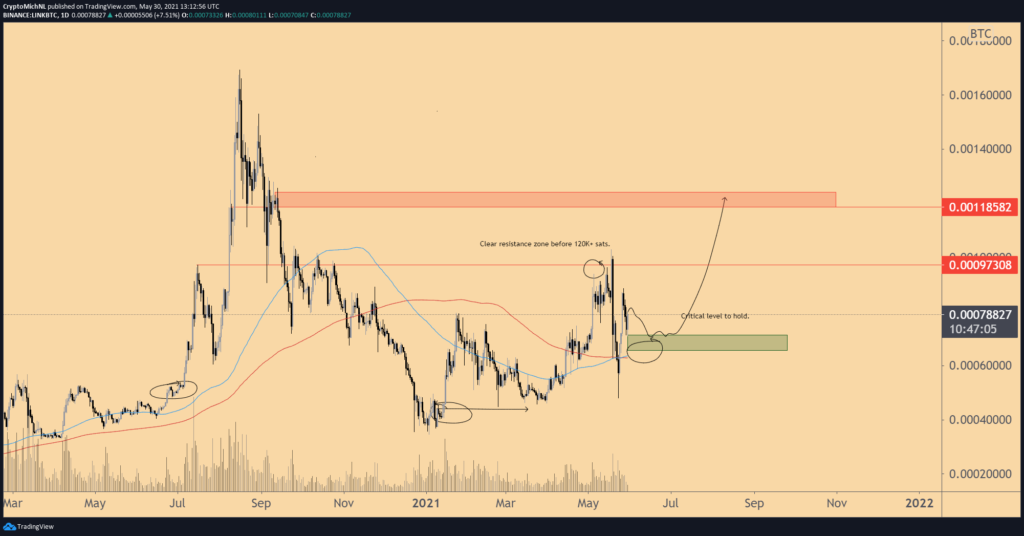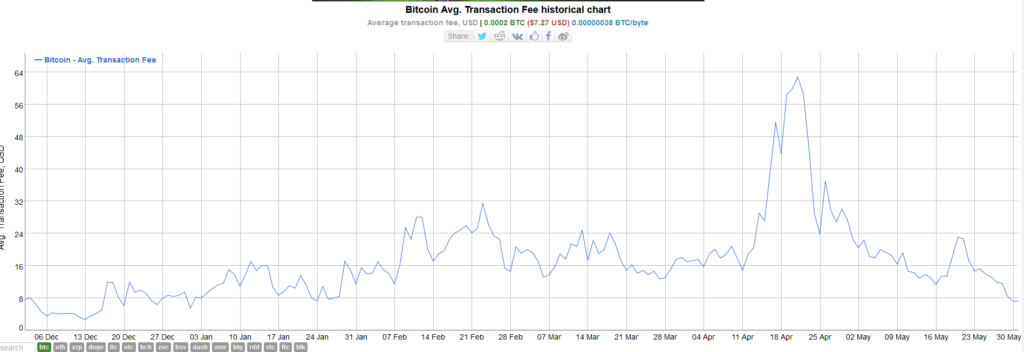The news that China banned bitcoin and other cryptocurrencies, is according to a press release from one of China’s biggest exchanges OKEx incorrect.
“We have been seeing a lot of rumors and misreporting”
According to OKEx, China has issued a State Council notice aimed at cracking down on crypto exchanges and mining, mainly because of the potential risks to consumers and society in China.
The press release explains that many articles written about this subject were misinformed, as China has not completely banned bitcoin. What China will do is be stricter on exchanges and mining operations, but people can still use and hold cryptocurrencies in general.
As a result of the State Council’s announcement, some miners have decided to mine elsewhere in the interim until the announcement is enforced. In addition, exchanges such as OKEx have scaled back some services and products offered only to Chinese nationals.
Chinese state media have severely criticized high- leverage futures trading
Chinese state media have severely criticized high- leverage futures trading resulting in Huobi, an exchange sensitive to China’s policy, announcing it will ban new Chinese users from using futures in response to the criticism.
BitMart also announced that it will suspend contract trading for all Chinese users due to the policy. The transaction can only be closed, but not opened, and new Chinese users can not open contract services.
Binance has changed the Chinese content of its language
It has come to the attention of the Chinese journalist Colin Wu that Binance has chosen simplified Chinese as the language for the Binance Announcement Center, but all the content related to “leverage, contract” and so on has become traditional Chinese.
Simplified Chinese is used in mainland China, and traditional Chinese is used by Chinese in that live in Taiwan, Hong Kong and other regions. The reason they decided to change the language of Chinese content related to contracts and leverage to traditional Chinese is because Binance is concerned about mainland China’s regulations related to leverage and derivatives trading, he says.
Chinese traders aren’t leaving crypto behind them
Despite these restrictions, Chinese traders still are a significant force. After some exchanges shut down their trading services, Chinese traders moved to bitcoin platforms owned by Chinese exchanges overseas. While these exchanges are not licensed to operate on the mainland, they allow investors to trade if they upload their Chinese identity card. This is the reason why the share of RNB decreased significantly from the crypto market, but the Chinese share did not. These exchanges do not allow the use of RNB or Yuan. They only permit trading in cryptocurrency pairs, for example, bitcoin and tether.



























